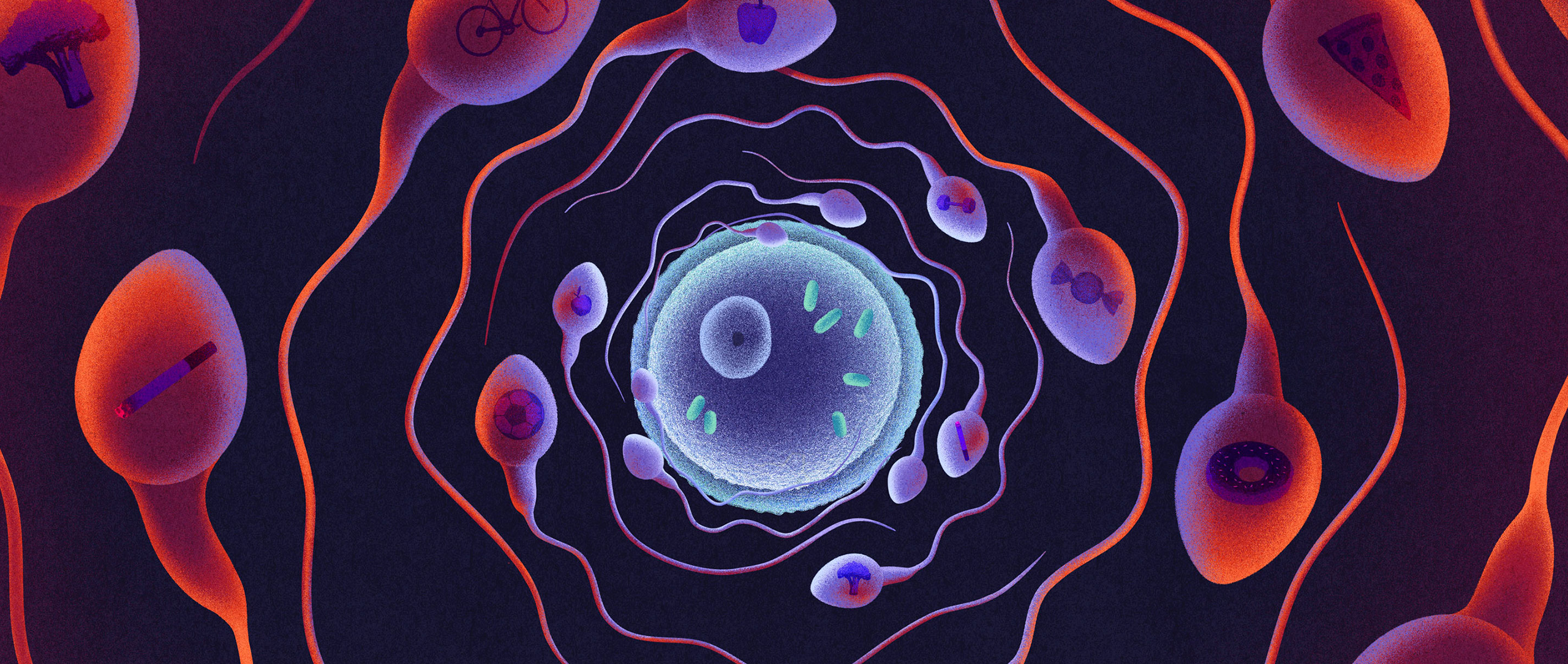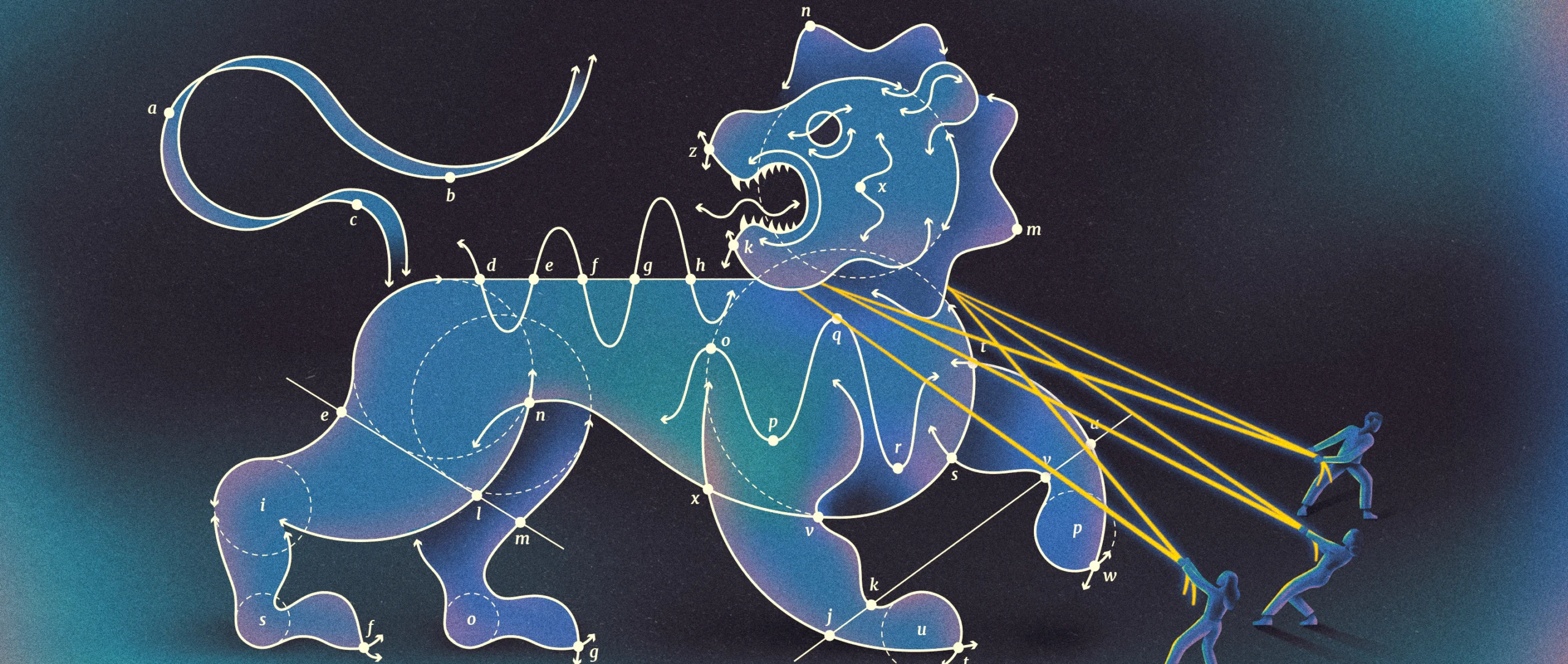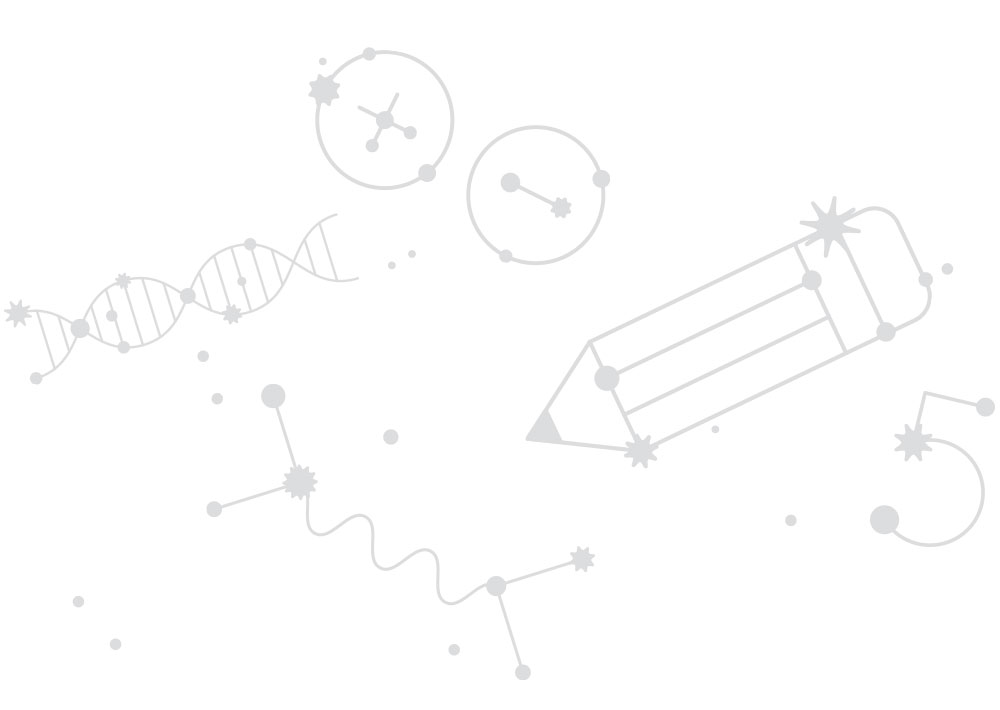
Richard Prum explains why he thinks feathers and vibrant traits in birds evolved not solely for survival, but also through aesthetic choice.

Myriam Wares for Quanta Magazine
Research into how a father’s choices — such as diet, exercise, stress, nicotine use — may transfer traits to his children has become impossible to ignore.
Explore a shape that can’t pass through itself, a teenage prodigy, and two new kinds of infinity.
Physicists spotted a “terribly exciting” new black hole, doubled down on weakening dark energy, and debated the meaning of quantum mechanics.
Explore the year’s most surprising computational revelations, including a new fundamental relationship between time and space, an undergraduate who overthrew a 40-year-old conjecture, and the unexpectedly effortless triggers that can turn AI evil.
Take a jaunt through a jungle of strange neurons underlying your sense of touch, hundreds of millions of years of animal evolution and the dense neural networks of brains and AIs.

Large language models such as ChatGPT come with filters to keep certain info from getting out. A new mathematical argument shows that systems like this can never be completely safe.
A newly proposed explanation for the slipperiness of ice has revived a centuries-long debate.
Is language core to thought, or a separate process? For 15 years, the neuroscientist Ev Fedorenko has gathered evidence of a language network in the human brain — and has found some parallels to LLMs.
Emily Buder/Quanta Magazine; Carlos Arrojo for Quanta Magazine

Richard Prum explains why he thinks feathers and vibrant traits in birds evolved not solely for survival, but also through aesthetic choice.
Earth’s radiation can send some molecules spinning or vibrating, which is what makes them greenhouse gases. This infographic explains how relatively few heat-trapping molecules can have a planetary effect.
Illuminating basic science and math research through public service journalism.
More about usQuanta Magazine is committed to in-depth, accurate journalism that serves the public interest. Each article braids the complexities of science with the malleable art of storytelling and is meticulously reported, edited and fact-checked. Launched and funded by the Simons Foundation, Quanta is editorially independent — our articles do not reflect or represent the views of the foundation.
